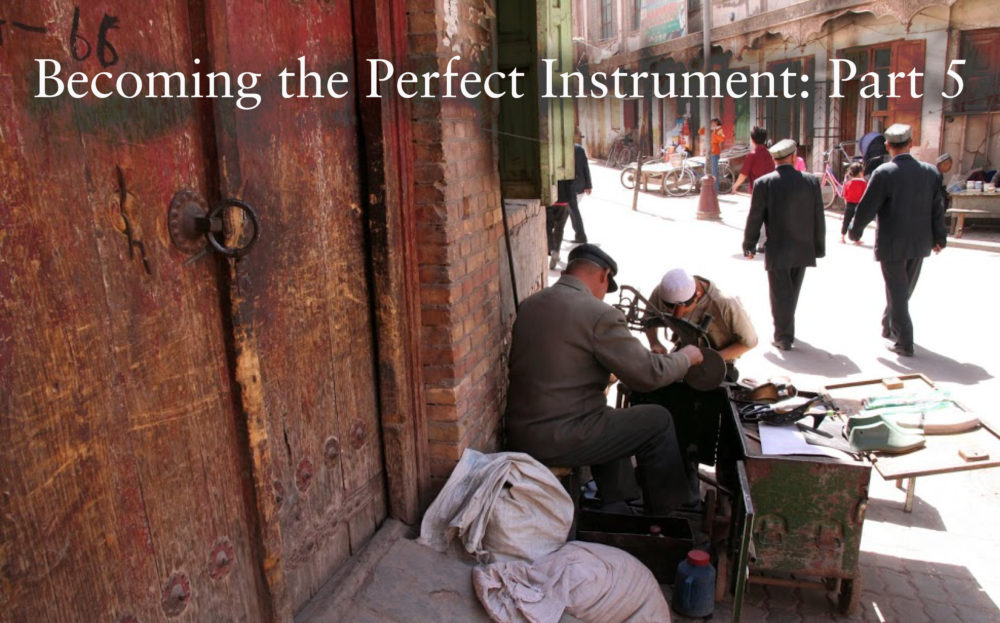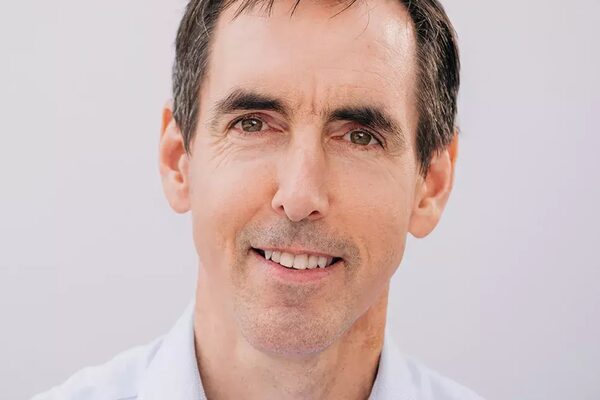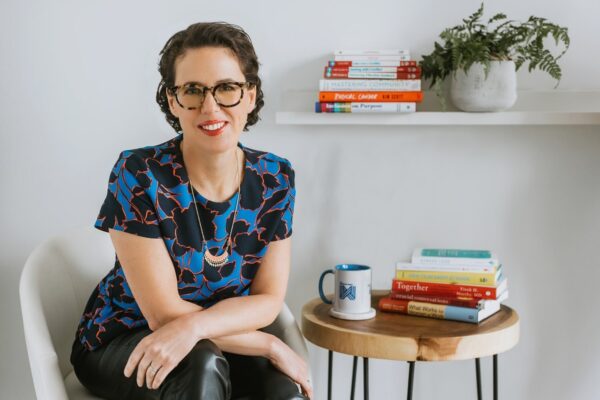
Where a practice session in sports or music might last a couple of hours, a writer trying a new novelistic form, in order to stretch his way of writing, or an entrepreneur learning to build a company in a new way, plays on a practice field that might have a span of several years.
The Japanese novelist Haruki Murakami is an exemplar of this kind of practice. He describes the nature of this practice and how it has expanded his field of mastery as a writer in a 2011 interview with fellow novelist Hideo Furakawa:
HARUKI. I couldn’t get past the feeling that writing in the third person was like playing God – you’re on top, your characters way below, and you’re looking down on them saying, Okay, now I’ll move this guy here and that guy there. You’re in complete control. In the first person, though, you see things through your own eyes, which lets you feel a lot closer to the ground. That’s why I kept writing in the first person from my debut on – it just felt so natural. To change the perspective from one novel to the next, all I had to do was alter my viewpoint a little bit…. Like a film director, I could point my protagonist in one direction to gain one perspective, then point him in another to change the perspective accordingly. I believe this approach fit the novels I was writing, yet at the same time, I gradually began to feel a certain dissatisfaction with it; something seemed to be lacking. Maybe I just came to understand that that angle was too restrictive for the novels I wanted to write.
I think the question of whether or not to name my characters followed the same pattern. For a long time I chose not to name them, but that made a three-way conversation impossible, right?
HIDEO. I see your point.
HARUKI. I mean, it’s okay if your narrator is talking to one other person, but if a third person shows up, you’re stumped. That limits what you can write, so I figured I had to start naming them. I think the shift took place around the time of Norwegian Wood…. One of the tasks I assigned myself when I began Norwegian Wood was to include as many three-way conversations as possible. Did you notice how long the scenes between Nagasawa, Hatsumi and “I” go on?….
HIDEO. So I guess that helps explain the scene where the three of them eat together.
HARUKI. If I hadn’t given them all names, that scene couldn’t have been written. I felt like a child with a new toy. Or a teenage guitar fanatic with a new riff. I generally set myself tasks when I begin a new work – I tell myself, This time let’s try this or that – and with Norwegian Wood it was the three-way conversation.
HIDEO. I guess what you’re saying is that there is a connection between naming your characters and writing in the third person.
HARUKI. Exactly. You can only clear one hurdle at a time, and in the right order. These might not have been big hurdles for someone else, but for me they were huge.
HIDEO. Nevertheless, you said that around the time of Sputnik Sweetheart you still found it too embarrassing to write exclusively in the third person, from God’s vantage point, as it were.
HARUKI. To a degree. During that period, using the first person was still easier for me. I couldn’t break away from it. The Wind-Up Bird Chronicle was basically a first-person novel, of course, but its length meant I head to vary things to prevent it from becoming narrow and monotonous, so I added Lieutenant Mamiya’s story, the long letters, and so on, mobilizing every technique and perspective I could think of to add to the first-person narration. In that sense, it was a very difficult novel to write. I had just about reached the limits of first-person fiction…. It took me until after the quake to finally arrive at pure third-person fiction. Five whole years after Wind-Up Bird. Everything takes time for me.
HIDEO. after the quake is a collection of linked short stories. Do you think that’s why you felt you could write them in the third person, because each piece was relatively short?
HARUKI. Not exactly. Rather, since every story had a different main character, I had to give them all names and write in the third person. In other words, I forced myself into a position where I had no choice but to take the third-person route. Before I began I decided that I’d write one story every one or two weeks, that each would feature different characters who would be named, that I would write in the third person, and that the earthquake would like them all together.
HIDEO. You don’t fool around, do you! There’s some part of you that’s like an athlete – you set up one hurdle, clear it, then set up another and clear it too…. Did you get any special pleasure writing after the quake in the third person?
HARUKI. Yes, I did. It was fascinating to come up with so many different kinds of characters – men and women, old and young – one after another…. I love describing people and events I’ve never written about before. Working on Underground, where I had to develop voices for sixty-two different people, probably had a lot to do with that. When I finished after the quake, I felt strongly that I’d written what I wanted to write. As soon as I was done, I headed to Sydney, Australia, to write about the Olympics there. /That became the basis for Sydney!
HIDEO. That was another wonderful book, sensitive and powerful.
HARUKI. You’re embarrassing me. That book was virtually turned out on the spot. I gave myself four weeks there in Sydney to gather the material and write the text which meant I had to produced thirty completed manuscript pages a day. Talk about setting tasks for oneself! It’s no easy thing to write that much each and every day, but I did it. Didn’t miss a single day.
HIDEO. That’s an awfully hard schedule. It seems impossible.
HARUKI. Four weeks, thirty pages a day, sometimes more. I’d email what I’d written to the publisher each night, so by the end of the four weeks we had about nine hundred pages. Partway through, someone stole my computer from my hotel room, which made things even more difficult. Still, the experience made me realize how far my technique had advanced, that I could write just about whatever I wanted to. That was a big discovery. I was able to grasp that, though there would be passages I might stumble over or find difficult or painful to write, if I persisted I could find a way. It took twenty years after I started writing – until 2000 – to reach that point. So it took me ten years, until Norwegian Wood, to be able to name my characters, and then ten more, until Sydney!, to nail down the feeling that I could write about almost anything.(i)
This process of practice isn’t simply about technique, but about the inner life behind the technique. Mastery requires clarity and consistency of attention, relaxation in the face of difficulty, fast decisions amidst a confusing array of stimuli – a host of inner resources. This “inner game” not only distinguishes the quality of the master at the moment of performance, but also the way of living that shapes the acquisition of mastery.
(i) Pursuing “Growth,” an interview with Haruki Murakami by Hideo Furakawa, translated by Ted Goosen, in Monkey Business: New Writing from Japan, volume 1, 2011, 82 – 87



